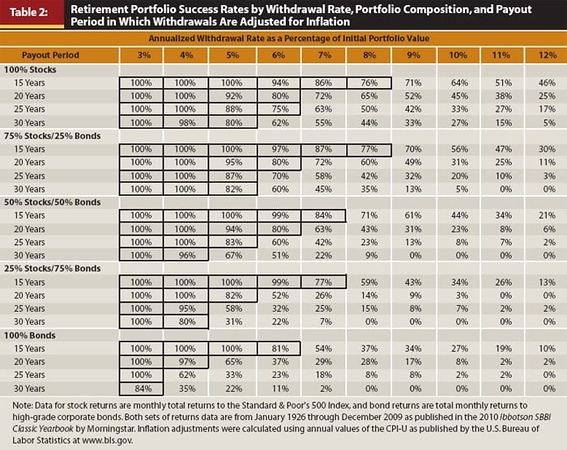It hasn't even been a year for me, but discretionary spending for my first 8 months of retirement was 7.7% of my total spending (excluding income taxes, but including sinking funds for home maintenance and car). And discretionary spending is 6.5% of total spending year to date, or 5.9% including estimated income tax. Including taxes, it looks like my level of retirement spending to this point is running a little over 1.1% WR, but I'm a long ways from getting SS and don't get a pension. I'm keeping discretionary spending pretty low for now because I was forced into retirement nearly a year earlier than I had planned, plus I have some expensive house maintenance projects coming up.We have been averaging around 30% discretionary each year of retirement.
Last edited:

